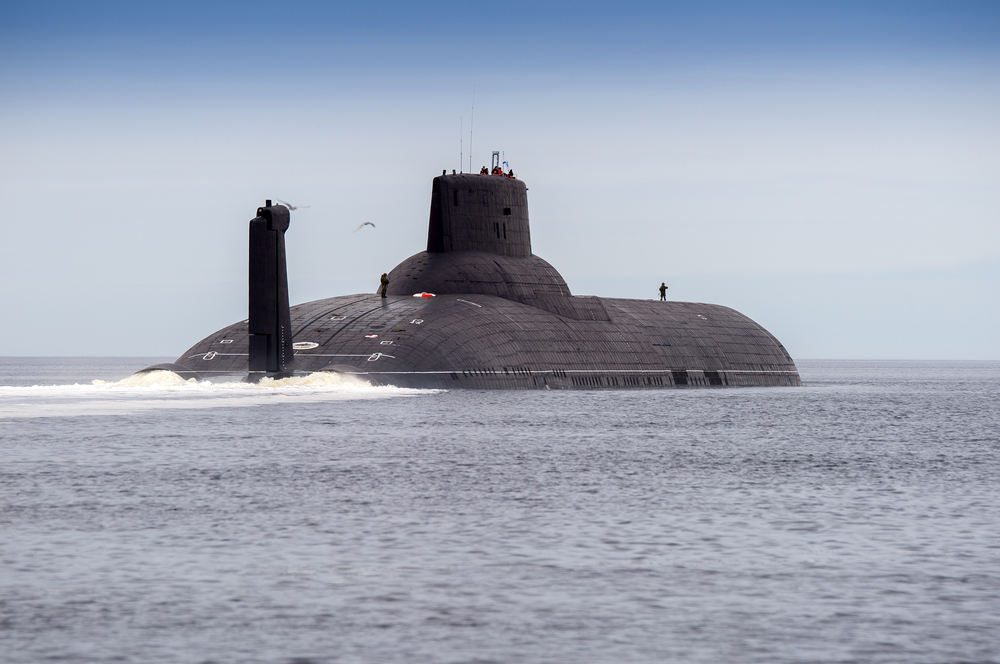During a torpedo drill, a series of explosions ripped through the vessel.
Others are reading now
In August 2000, the Russian submarine K-141 Kursk met a tragic fate in the Barents Sea, resulting in the death of all 118 crew members.
According to Tech the catastrophe, marked by failed rescue efforts and government deception, remains one of the most harrowing naval disasters of the modern era.
Exploded in Torpedo Drill
The Kursk, a 155-meter-long Oscar II-class nuclear submarine, was designed for deep-sea warfare, particularly targeting U.S. aircraft carriers during the Cold War.
Equipped with 24 P-700 Granit cruise missiles and torpedoes, the Kursk was a formidable vessel. Yet, beneath its impressive exterior, the submarine was plagued by insufficient maintenance and inadequate crew training.
Also read
On August 10, 2000, the Kursk departed for a series of naval exercises in the Barents Sea.
Two days later, during a torpedo drill, a series of explosions ripped through the vessel, leading it to sink to the seabed. Initial reports from Moscow downplayed the severity, claiming the crew was receiving air and supplies. In reality, the situation was dire.
All Hope Lost
For days, Russian and international rescuers struggled to reach the stranded submarine. Despite early signs that some crew members had survived the initial blasts, delays, and technical failures doomed any chance of a successful rescue. By the time the submarine was located on August 13, all hope was lost.
A subsequent investigation by Russian Admiral Valery Ryazantsev revealed shocking details: the Kursk’s torpedo had exploded due to poor maintenance and the use of contaminated air.
The tragedy was compounded by systemic failures and falsified safety records, leading to the loss of an entire crew that, under different circumstances, might have been saved.


